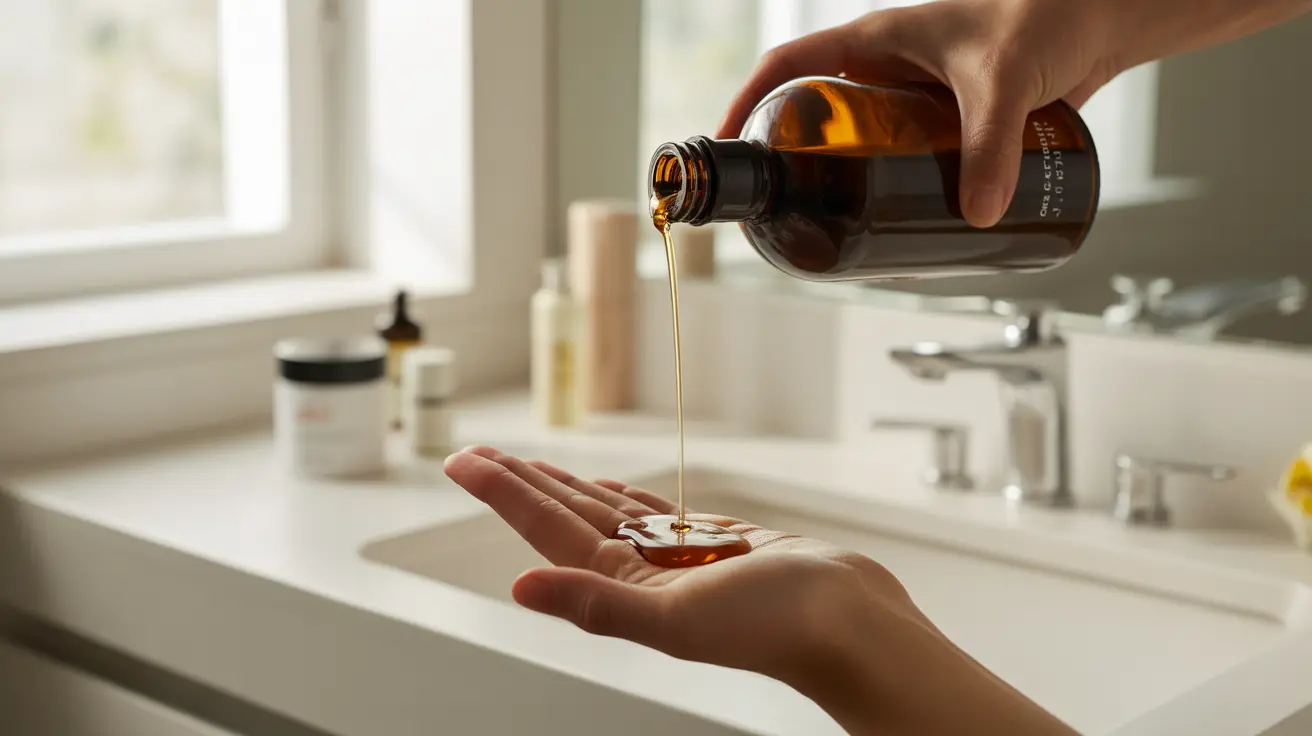Shingles, a painful condition caused by the reactivation of the varicella-zoster virus, can be a challenging experience for many individuals. While conventional treatments are crucial, some people turn to complementary approaches like essential oils to help manage symptoms. This article explores the potential benefits of essential oils for shingles, how to use them safely, and what you should know before incorporating them into your treatment plan.
Understanding Shingles and Essential Oils
Shingles typically manifests as a painful rash with blisters, often accompanied by burning sensations, itching, and sensitivity. While antiviral medications are the primary treatment, essential oils may offer some relief for certain symptoms when used properly.
What Are Essential Oils?
Essential oils are concentrated plant extracts that capture the plant's scent and flavor, or "essence." These oils have been used in traditional medicine practices for centuries and are known for their potential therapeutic properties.
Potentially Beneficial Essential Oils for Shingles
Several essential oils have properties that may help alleviate some shingles symptoms. Here are some of the most commonly recommended:
Peppermint Oil
Peppermint oil contains menthol, which has a cooling effect and may help with pain relief. It also has potential antiviral properties that could be beneficial for shingles.
Eucalyptus Oil
Known for its anti-inflammatory and analgesic properties, eucalyptus oil might help reduce pain and inflammation associated with shingles.
Lavender Oil
Lavender oil is praised for its calming effects and potential to reduce stress, which can be helpful for managing the discomfort of shingles. It may also have some pain-relieving properties.
Tea Tree Oil
With its antimicrobial properties, tea tree oil might help prevent secondary infections in shingles blisters. However, it should be used with caution and always diluted properly.
Proper Application of Essential Oils for Shingles
When using essential oils for shingles, proper application is crucial to ensure safety and potential effectiveness:
Dilution is Key
Always dilute essential oils in a carrier oil before applying to the skin. A general guideline is to use 3-5 drops of essential oil per teaspoon of carrier oil (such as coconut oil, jojoba oil, or almond oil).
Patch Test
Before applying any essential oil mixture to a larger area, perform a patch test on a small area of skin to check for any adverse reactions.
Avoid Open Blisters
Do not apply essential oils directly to open blisters or broken skin, as this can cause irritation and potentially lead to infection.
Safety Considerations
While essential oils can offer potential benefits, it's important to use them safely and be aware of possible risks:
Consult a Healthcare Provider
Always consult with your healthcare provider before using essential oils, especially if you're taking medications or have underlying health conditions.
Quality Matters
Use high-quality, pure essential oils from reputable sources to minimize the risk of contaminants or adulterants that could cause skin irritation.
Potential Side Effects
Some people may experience skin irritation, allergic reactions, or photosensitivity when using essential oils. If you notice any adverse effects, discontinue use immediately and seek medical advice.
Frequently Asked Questions
What are the most effective essential oils for managing shingles pain and symptoms?
While individual responses may vary, peppermint, eucalyptus, lavender, and tea tree oils are often considered potentially beneficial for managing shingles symptoms. Peppermint and eucalyptus may help with pain relief, lavender can aid in stress reduction, and tea tree oil might help prevent secondary infections.
How do I properly apply essential oils for shingles, and what dilution ratio is recommended?
Essential oils should always be diluted in a carrier oil before application. A general recommendation is to use 3-5 drops of essential oil per teaspoon of carrier oil. Apply the mixture gently to unbroken skin around the affected area, avoiding open blisters or wounds.
Are essential oils safe to use alongside conventional treatments for shingles, or should they replace them?
Essential oils should be used as a complementary approach and not as a replacement for conventional treatments. Always consult your healthcare provider before using essential oils alongside prescribed medications to ensure there are no potential interactions or contraindications.
Can essential oils help prevent shingles or reduce the risk of developing postherpetic neuralgia?
There is currently no scientific evidence to suggest that essential oils can prevent shingles or reduce the risk of postherpetic neuralgia. The best prevention for shingles is vaccination. Essential oils may help manage symptoms but are not proven to affect the course of the disease or its complications.
How quickly can I expect relief from using essential oils for shingles, and what are the potential side effects?
The onset of relief from essential oils can vary greatly among individuals. Some people may experience immediate soothing effects, while others might need several applications to notice any benefit. Potential side effects include skin irritation, allergic reactions, and photosensitivity. If you experience any adverse reactions, stop using the oils and consult a healthcare professional.
While essential oils may offer some symptomatic relief for shingles, they should be used cautiously and in conjunction with, not in place of, conventional medical treatments. Always prioritize the advice of your healthcare provider and use essential oils as a complementary approach to managing shingles symptoms.




